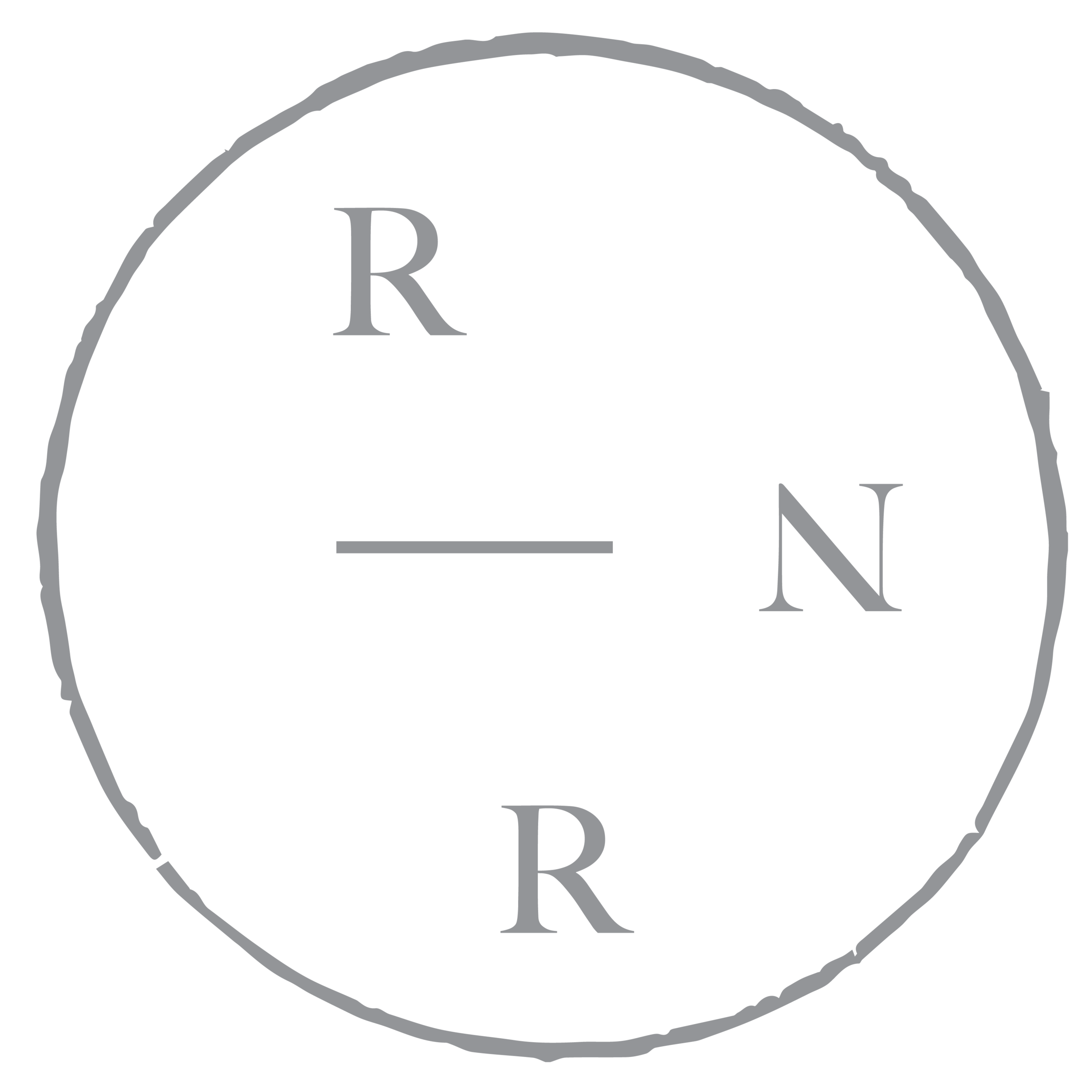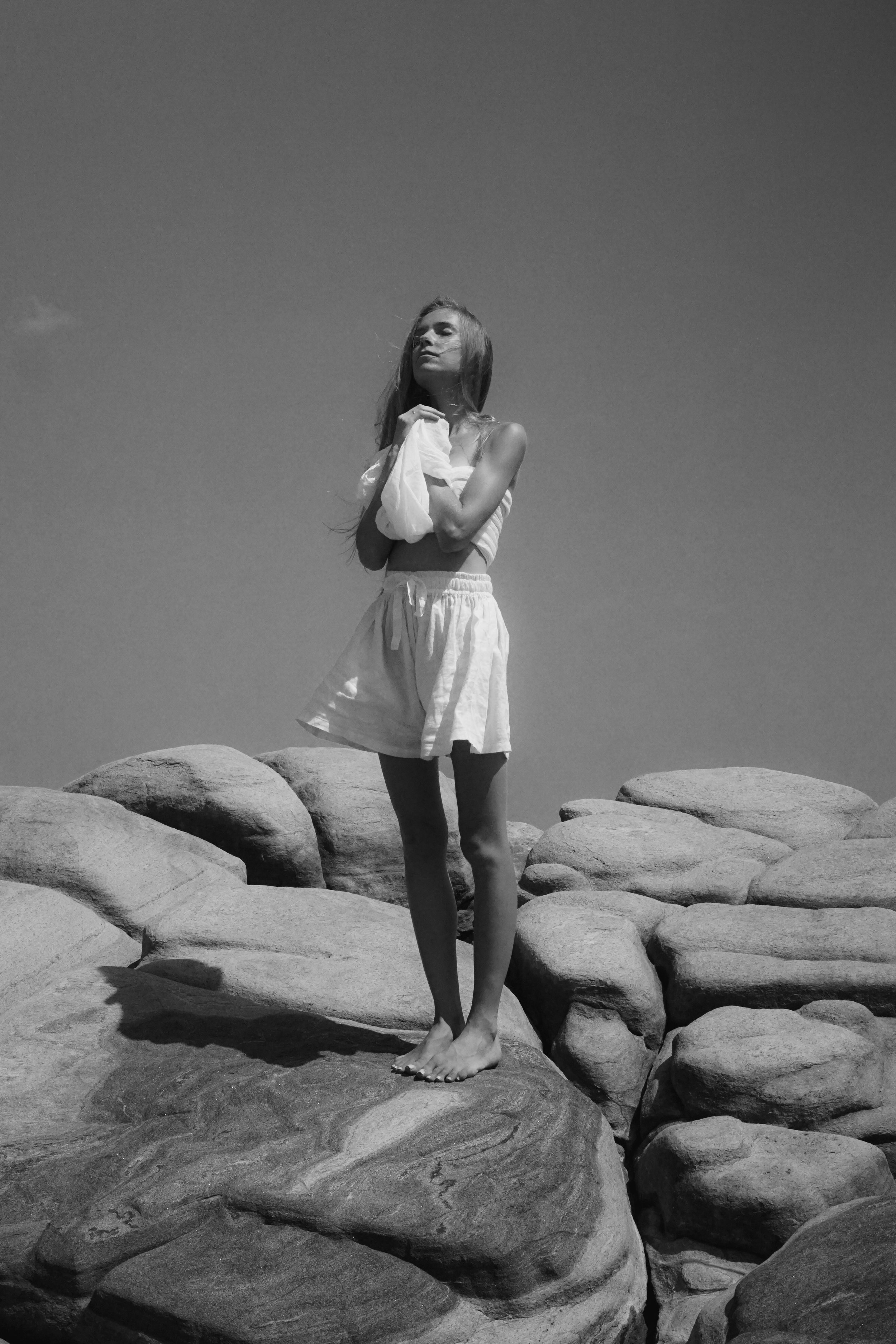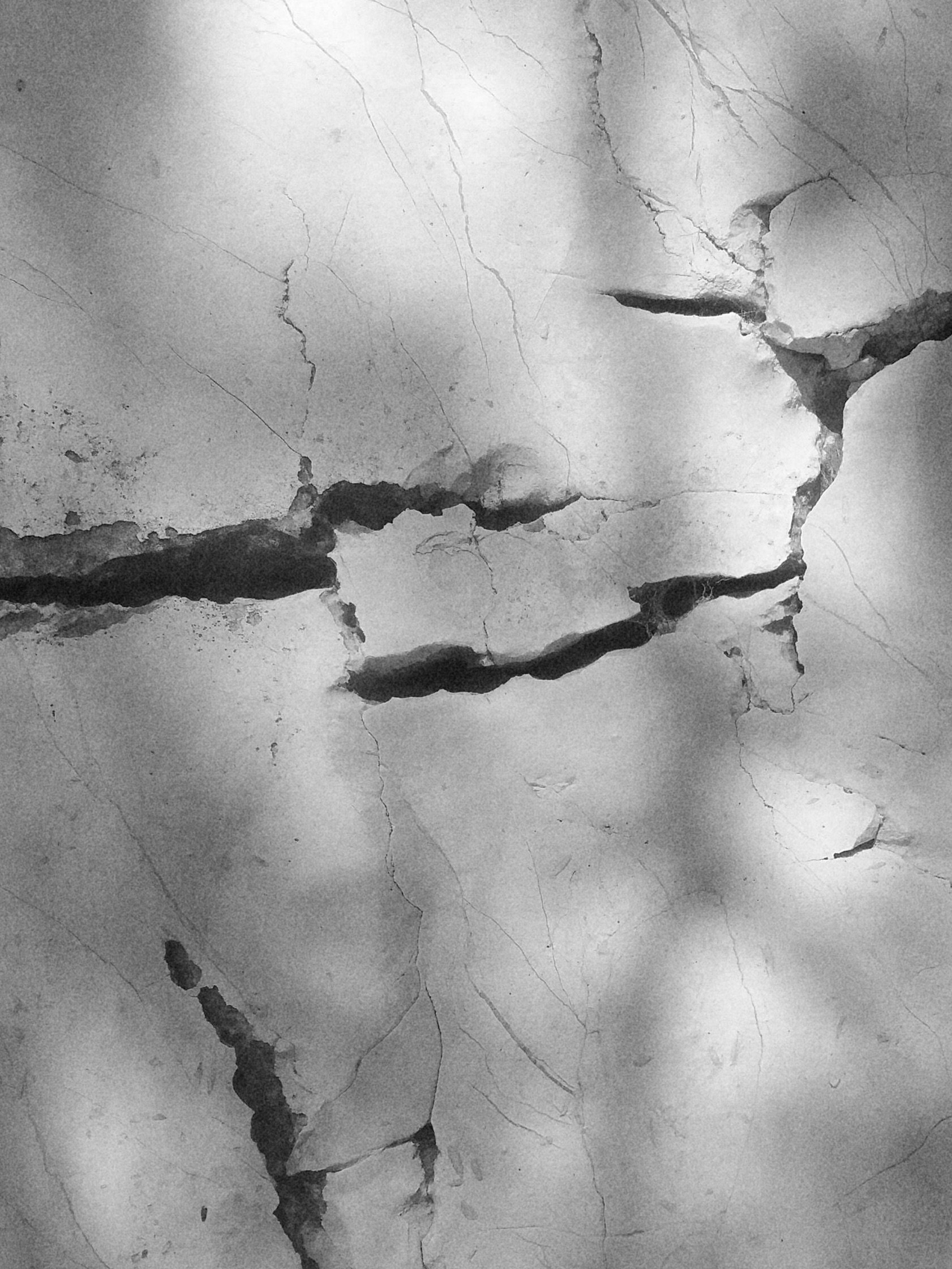Color & Meditation
Simplest aspects of sensorial existence are light and color. As most of you know, color is light and energy. Light is the main source of energy for all living organisms on earth. Lights keeps us alive, it stabilizes our mood and affects our sleeping cycle.
There are a variety of wavelengths that light can be categorized, producing different types of light and therefore different types of color. Color is visible because light reflects and bends through all kinds of particles.
Some wavelengths are visible and some are not, such as x-rays & ultraviolet rays. If the non-visible light affects us as we know, so will the visible. Moreover color is not only perceived through the eye, but like any other type of light, also through the skin. Each color has unique frequencies that can activate hormones causing chemical reactions in the body.* This is the main idea behind color psychology. It evaluates how specific colors affect our brain activity. If you need to be creative, choose the color purple, if you need a color to relax choose blue for example.
* http://www.arttherapyblog.com/online/color-therapy-healing-an-introduction/#.YmKmcS223q1
Colors are so fascinating to me because of the following 2 aspects:
1.) Color as light frequency can be used to mark space, to highlight some forms and to differentiate it from others. This helps us to perceive the environment we are living in.
2.) Color can also be used as a sensorial experience, especially if there are no visible boundaries. You loose yourself and your perception within the color until you feel completely immersed.
This is a state where everything becomes fluid, there is no explicit beginning nor end.
I often experience this state of fluidity in meditation. When you sit and observe and the breath becomes your only anchor. This is way I am personally very much intrigued by the last aspect: color as sensorial experience.
Through color “seeing” becomes “feeling”. As mentioned before, each color suggests a sensation that has a different effect on our body and mind. Like yellow evokes a warm, pleasant and happy feeling, red might feel sometimes too aggressive or blue for some people too cold rather than peaceful.
Color can become the object on which you meditate. I personally find it a great method to start with meditation, because it involves the sense of seeing. From experience I can say that shutting down the sense of seeing makes many people feel uncomfortable. Most people notice the sense of hearing much more intensely. For example a noise from outside, like a dog barking, that you didn’t notice before gets all of a sudden very present and it triggers the impulse to escape (or at least go away from the barking dog). This is just a natural reaction of our so called „reptilian brain“, the oldest part of our brain that controls our vital functions. If you can’t see the big animal approaching ready to attack you, hearing is your only option to actually survive here. You notice the noise and react accordingly. Especially for those who are very sensitive to noise during meditation, using the sense of seeing helps to avoid the kicking in of the “reptilian brain”.
The Practice
We can meditate on how certain colors effect us, either imagining one specific color in our mind (this would be with eyes closed) or observing a monochrome art work, made by an artist or by yourself. In my meditation experiences I usually project monochrome colors onto the walls to completely immerse people within the color. But for your own practice, I would suggest to make your own monochrome painting. Here how it goes:
1.) Preparation (5min)
Choose where you wanna sit, either on a table or on the floor. Pick a chair or bolster to sit on and perhaps a blanket to use as cover afterwards, if you feel cold. Place on the table or on the floor a large sheet of paper, a brush, water and the color you wanna use.
2.) Meditation - Create The Color (10min)
Sit down in an upright, comfortable seat.
Close your eyes for a moment and take three deep breaths
Inhale - Exhale
Inhale - Exhale
Inhale - Exhale
Open your eyes again
Take the brush and slowly start drawing
Breathe slowly through the nose in and out
Notice how the white paper is slowly filled with color
Notice the forms and the changing of the forms
Observe the intensity of the color on various spots
Continue until the paper is completely filled with color and there is no single white spot left
Then close your eyes and take one deep breath
Inhale through the nose
Exhale through the mouth
Open your eyes again.
3.) Meditation - Feel The Color (10min)
Now observe the colored artwork in front of you
Notice if the breath changes
Notice if the color feels positive/negative or neutral and
If that feeling changes over time, the longer you sit with the color
Let the color completely immerse you
Close your eyes and imagine the color in your mind, reproducing the image that you just saw
Stay with it for one minute and then take a deep breath out and let the image dissolve.
Take another deep breath in through the nose and deep breath out through the mouth.
Open your eyes.










